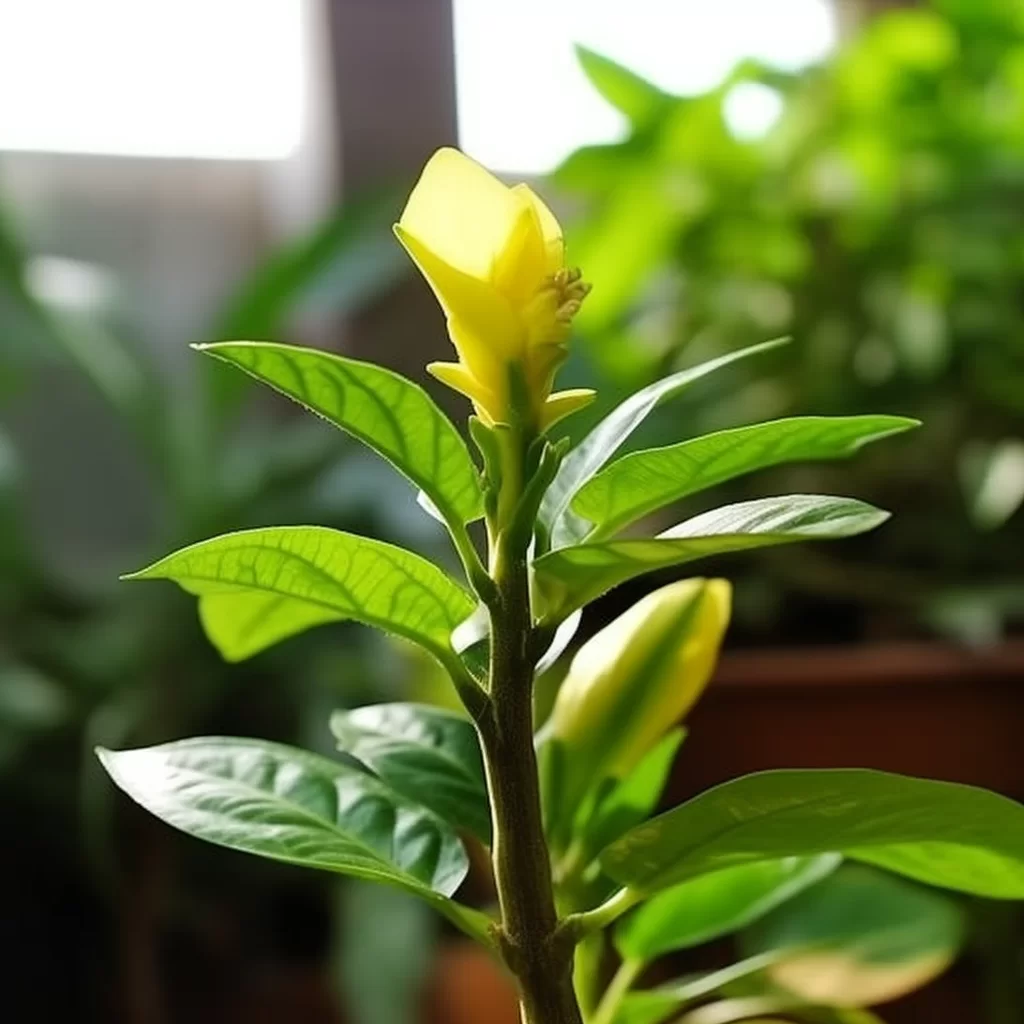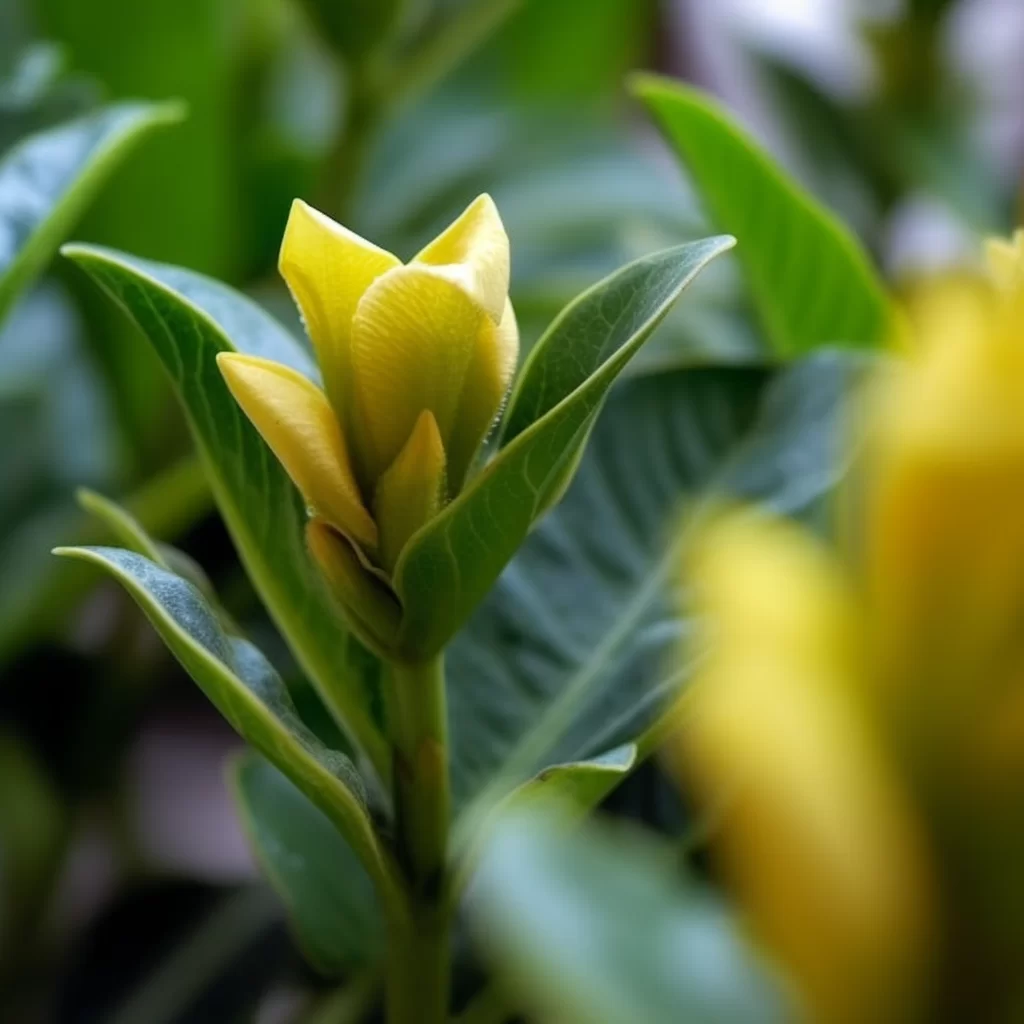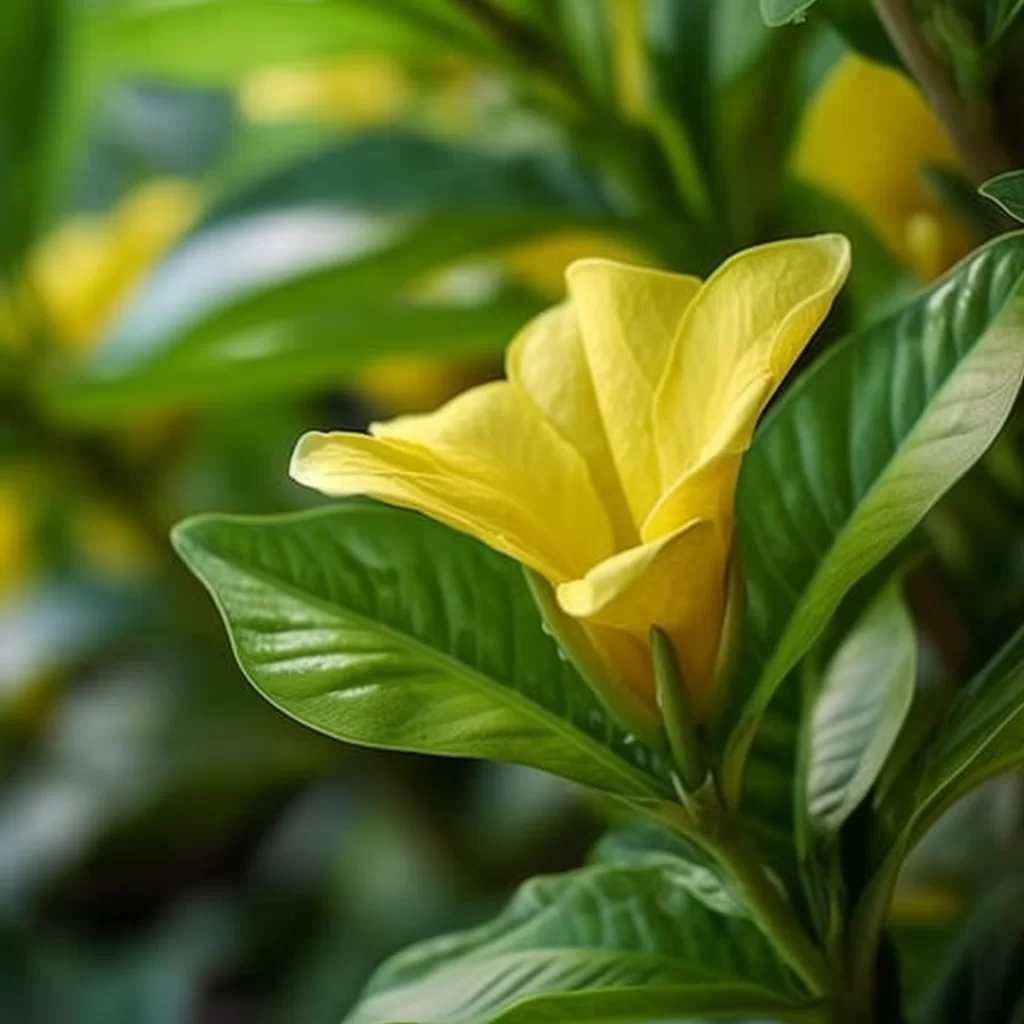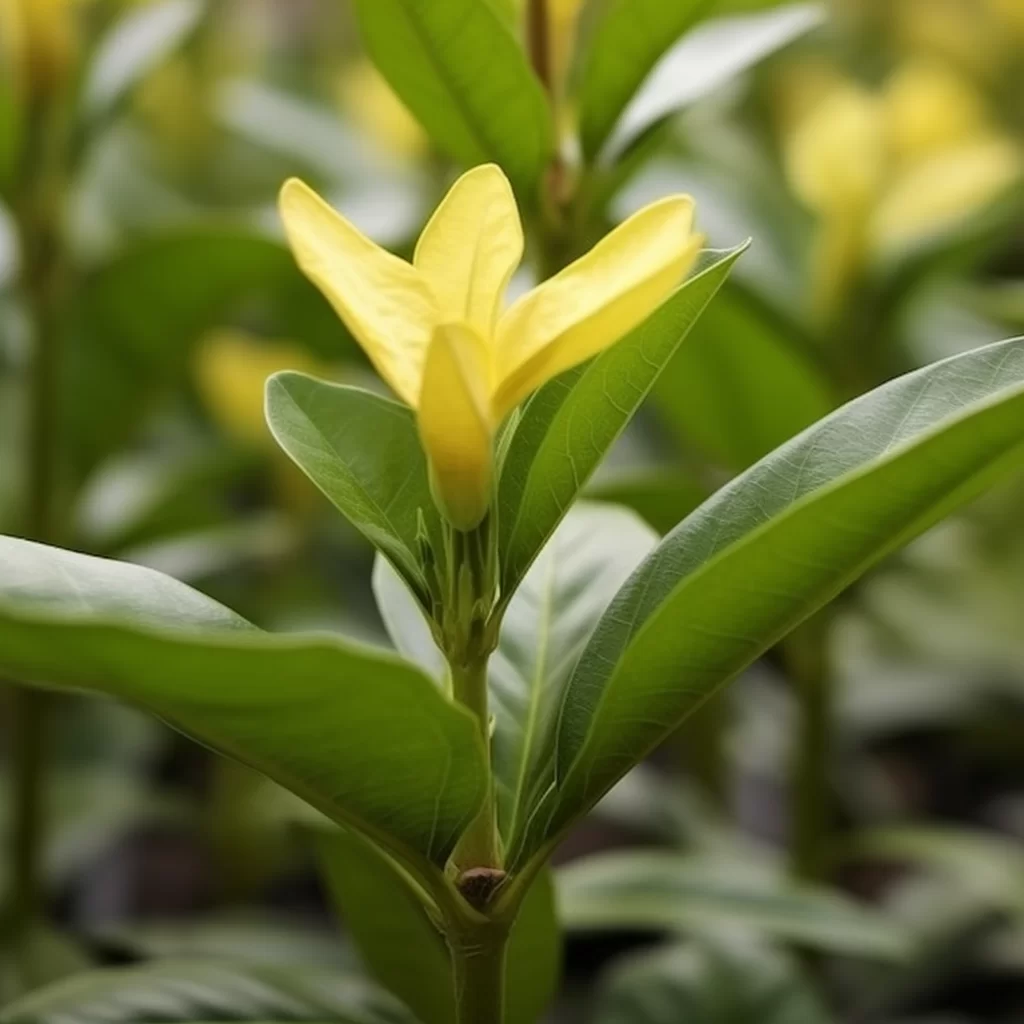Story of Day :
Contents
The Allamanda Plant: A Complete Guide and Care Tips
If you’re searching for a plant that will brighten up your garden with its vibrant colors, the allamanda plant is an excellent choice.
This tropical beauty is not only stunning but also easy to take care of and can flourish in almost any weather conditions.
Whether you live in a warm or cold climate, the allamanda can bring joy and color to your garden without requiring too much maintenance.In this article, we’ll guide you through everything you need to know about growing and caring for the allamanda.
From its watering needs to pruning requirements, we’ll provide helpful tips on keeping your plant healthy and thriving throughout the year.
So why wait? Add some life to your garden with this beautiful tropical flower!
What is an Allamanda Plant?
Allamanda is a fascinating genus of flowering plants that thrives in various parts of the world, including South America, Central America, the Caribbean, and Africa.
It is renowned for its stunning trumpet-like flowers that come in an array of colors ranging from soft pink to vibrant yellow.
The plant’s breathtaking appeal makes it a popular choice among gardeners and horticulturists.
Its distinctive structure also makes it stand out amongst other flowers in any landscape. These gorgeous blooms are not only visually appealing but also have significant cultural significance.
These gorgeous blooms are not only visually appealing but also have significant cultural significance.
In some African communities where the Allamanda species can be found, they are used as traditional medicine to cure ailments such as fever and stomach upsets.
Their therapeutic properties have been studied by modern science with promising results being recorded from their use in herbal medicine preparations.
Overall, Allamanda is truly a remarkable flower worth admiring not just for its beauty but also for its medicinal properties that continue to awe scientists and nature enthusiasts alike.
Growing Conditions
Allamandas require warm temperatures ranging from 60-85°F (16-29°C) year-round.
They can be grown outdoors in USDA Hardiness Zones 9-11 but must be brought indoors during colder months if grown outside these zones.
Allamandas prefer full sun but can tolerate partial shade.
- Soil: Allamandas prefer well-draining soil with high organic matter content.
- Water: Keep the soil moist but not waterlogged; overwatering may cause root rot.
- Fertilizer: Feed allamtndas with a balanced fertilizer once every two weeks during the growing season (spring through fall).
- Pests & Diseases:Allamtndas are generally free from pests and diseases; however watch out for spider mites on indoor plants in dry conditions
.
Care Tips

If you’re looking to keep your allamtnda flourishing, then there are a few simple tips that can help ensure its growth and longevity.
Firstly, it’s important to give your plant the right amount of sunlight and water.
Allamtndas thrive in bright, indirect light, so try placing yours near a window with plenty of natural light.
When it comes to watering, make sure the soil is moist but not soaked – overwatering can lead to root rot and other health issues for your plant.Another way to keep your allamtnda healthy is by providing it with regular feedings of fertilizer.
This will help provide essential nutrients that support growth and strong foliage development.
Additionally, make sure you’re keeping an eye out for pests or signs of disease – catching these early on can prevent further damage down the line.
By giving your allamtnda proper care and attention, you’ll be rewarded with a beautiful and thriving plant!
- Pruning: Prune your allamandas regularly to promote bushier growth and encourage flowering.
Cut back any dead or damaged stems as necessary.
- Support :Allamtndas require support to climb, so provide a trellis or stake for the plant to grow on.
- Propagation:The easiest way to propagate allamtndas is through stem cuttings taken in spring or early summer.
Remove leaves from the bottom two-thirds of the cutting and place it in a well-draining potting mix.
- Toxicity: Allamandas are toxic if ingested by people or pets, so take caution when planting them around children and animals.
Varieties

Allamanda is a beautiful flowering plant that belongs to the family of Apocynaceae.
It’s native to South and Central America, but it’s now grown all over the world.
One of the reasons for its popularity is because it produces an abundance of bright yellow trumpet-shaped flowers that are used in decorative arrangements.
The most commonly seen varieties of allamanda include Allamanda cathartica, also known as golden trumpet or yellow bell, and Allamanda schottii, which has smaller flowers than its counterpart but comes in a range of colors like pink, white, and purple.
These plants can grow up to 20 feet tall and have large glossy leaves that add a tropical feel to any space.Another variety worth mentioning is Allamanda blanchetii, which features purple-blue flowers with cream-colored centers.
This type tends to be more sensitive to cold temperatures compared with other varieties but makes an excellent addition for those who live in warmer climates or have indoor spaces conducive for their growth.
Although all varieties require some level of maintenance such as pruning dead blooms or controlling pests such as whiteflies and spider mites common on these plants; they’re relatively easy to grow – even for novice gardeners – with enough sunlight exposure and proper watering practices for optimal growth outcomes.
- Allamanda cathartica: This is the most commonly cultivated species, known for its large yellow flowers.
- A .nerrfolia :This species has smaller flowers that come in shades of pink and white.
A .blanchetii :This variety has purple-pink flowers that bloom throughout the year.
In Conclusion

Allamanda plants are a fantastic choice for garden enthusiasts who want to enhance the beauty of their outdoor space.
The trumpet-shaped flowers of this plant can add vibrant colors and an exceptional appeal that is sure to catch anyone’s attention.
Not only do they look stunning, but these plants require minimal effort on your part, making them perfect for those who don’t have a green thumb.
With proper care, you can enjoy the stunning flowers of allamanda plants throughout the year! So why not make your garden more lively by adding one or more of these plants today?If you’re looking for something unique and visually appealing to add to your garden, then allamanda plants are definitely worth considering! These beautiful shrubs are known for their strikingly beautiful flowers that come in different shades such as yellow, pink or white- depending on the species.
With minimal maintenance requirements and relatively low costs compared to other exotic plant varieties out there – they make for an excellent addition without breaking the bank! Whether you’re looking for a pop of color or just some greenery in your outdoor area – it’s hard not to fall in love with these charming trumpet-shaped blooms that can light up any dull exterior space.
So go ahead and try them out – we guarantee they’ll add life and color wherever you choose to install them within seconds!